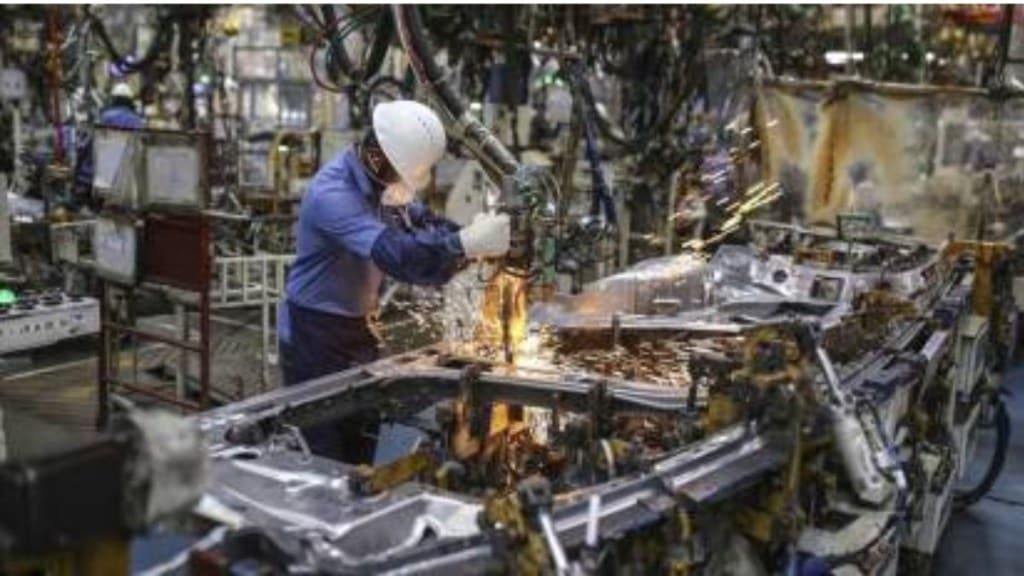The manufacturing sector grew at the slowest pace in four months in February but remained relatively strong due to buoyant domestic demand. This was despite higher inflationary pressures and weaker international sales.
The seasonally adjusted S&P Global India Manufacturing Purchasing Managers’ Index (PMI) eased just a tad to 55.3 in February from 55.4 in the previous month, signalling a strong improvement in the health of the sector. The headline figure was also above its long-run average of 53.7.
An index reading of 50 or above suggests expansion and below it points to contraction. With this, the index has remained in the expansionary zone for the 20th straight month.
“The growth momentum in India’s manufacturing industry was maintained in February, with new orders and output increasing at similar rates to January. Companies were confident in the resiliency of demand and continued to add to their inventories by purchasing additional inputs,” Pollyanna De Lima, economics associate director at S&P Global Market Intelligence, said.
“After slipping to a 26-month low last November, input cost inflation surged in every month since. The latest rise was historically subdued, however, and among the weakest in around two years. The survey showed some reluctance among manufacturers to pass on cost increases to clients, with output charge inflation easing since January,” De Lima added.
India’s manufacturing industry sustained robust growth of output and new orders halfway through the fourth quarter of FY23.
S&P Global PMI data implied that the domestic market was the main source of new business growth in February, as new orders from abroad increased only fractionally. The rate of international sales expansion touched an 11-month low in the month. Job creation failed to gain meaningful traction, however, as firms reportedly had sufficient staff to cope with current requirements.
The government data released on Tuesday showed that the manufacturing sector continued to disappoint with a 1.1% contraction in the third quarter, though the contraction was milder than the 3.6% recorded in the second quarter.

